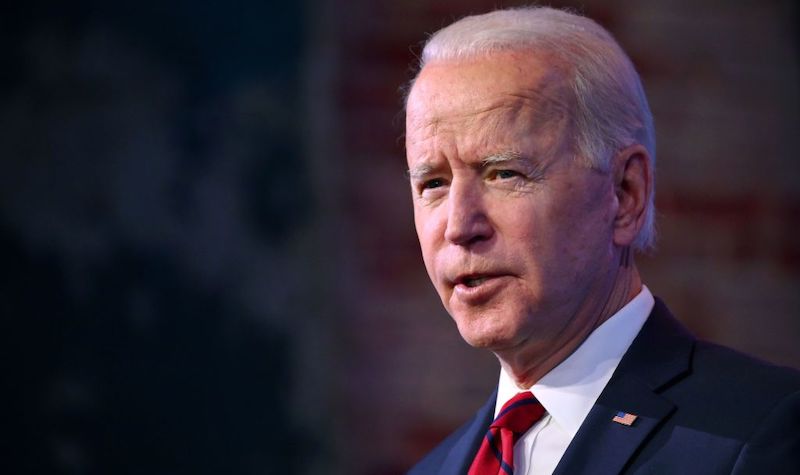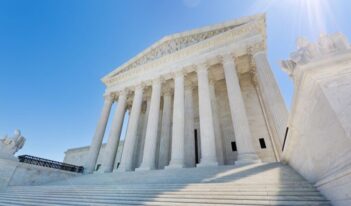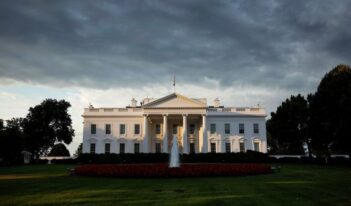
Progressives call for Biden to take sweeping action to relieve student debt.
The American student debt system is in crisis. About 45 million Americans carry nearly $1.6 trillion in student loans. Total student debt has nearly tripled since 2006 and is now the second largest form of unsecured debt, behind mortgages, in the United States. Moreover, around 10 percent of borrowers default on these loans every year, which is five times higher than the default rate for mortgages and credit cards.
How can the Biden Administration bring relief to borrowers struggling to make their monthly payments?
Some Democrats think the answer is to cancel student debt for the majority of borrowers. U.S. Senators Elizabeth Warren (D-Mass.) and Minority Leader Chuck Schumer (D-N.Y.), for example, have authored a senate resolution calling for President Biden to forgive up to $50,000 per borrower via executive action. Together, their plan could cancel debt for up to 95 percent of borrowers, or around 42 million people.
Warren and Schumer argue that their plan presents President Biden with a unique opportunity to implement a massive economic stimulus at a time when so many Americans are struggling. In particular, women, people of color, and military borrowers are disproportionately represented among those in default and delinquency.
Moreover, borrowers who owe $10,000 or less are much more likely to default on their loans than borrowers who owe $100,000 or more, suggesting that perhaps even a reduced version of Warren and Schumer’s plan could aid those borrowers most in need.
It remains unclear whether the Biden Administration would have the legal authority to take such significant executive action absent new legislation. Warren and Schumer argue that the Higher Education Act of 1965 (HEA) already gives the secretary of education the authority to reduce the balances on every federally owned student loan. Because the government owns the vast majority of student debt, Warren and Schumer claim, the education secretary could reduce all of these loans down to zero.
Some critics of Warren and Schumer’s proposal claim they misread the HEA, while others have questioned whether anyone would actually have standing to challenge a secretary of education’s action in court. A week before inauguration, the U.S. Department of Education released a policy memo directly opposing Warren and Schumer’s interpretation of the HEA in an effort to prevent the new Administration from implementing these changes.
Beyond the legal questions surrounding forgiveness by executive action, moderates and conservatives argue that Warren and Schumer’s proposal would incur enormous public cost for a largely private good. They ask why taxpayers should shoulder this subsidy when many of them would not benefit. They also argue that widespread debt cancellation would be unfair to those borrowers who have already paid off their loans.
Other critics doubt whether a one-time bailout will stimulate the economy quickly enough to mitigate the economic damage wrought by COVID-19, as progressive supporters of loan forgiveness have claimed.
Although loan cancellation has dominated the student loan debate recently, the new Administration can consider a host of other, lower-profile reforms to help Americans who are suffering under large student debt burdens. For example, millions of borrowers struggle to pay back billions of dollars in loans despite qualifying for different forms of relief, such as income-based repayment plans. The Education Department could correct this misalignment through regulations that simplify the application process for these alternative protections and better ensure borrowers are aware of them.
Biden could also seek to have the Consumer Financial Protection Bureau (CFPB) step up its enforcement and rulemaking efforts with respect to the loan-servicing industry to protect borrowers from predatory practices. In recent years, the Education Department has hindered the CFPB’s efforts to bring litigation against loan servicers for misconduct. President Biden could direct both agency heads to cooperate even more closely than what is already required by a recently signed memorandum of understanding. Still others have urged the CFPB to issue a rule that directly outlines standards for misconduct and establishes disclosure requirements for student loan servicers.
In the runup to his inauguration, President Biden signaled his reluctance to cancel debt through executive action. Although he had previously supported the Democrats’ plan to cancel up to $10,000 in student loans as part of a COVID-19 stimulus package, it now appears that he will call on Congress to pass separate legislation on student loans.
The Democrats’ plan that Biden had endorsed, however, would only apply to borrowers of private student loan debt who satisfy an “economic distress” standard, reaching a relatively small share of the total student borrower population. Although the Biden transition team did not provide much detail on their student loan plan, the President will likely face pressure from progressives to expand the number of borrowers included in any loan forgiveness.
Whether President Biden chooses to pursue a more interventionist agenda on student loans will provide an important and early indication of how he plans to hold together the fragile coalition that won him the presidency, while also preserving bipartisan political will where possible.



